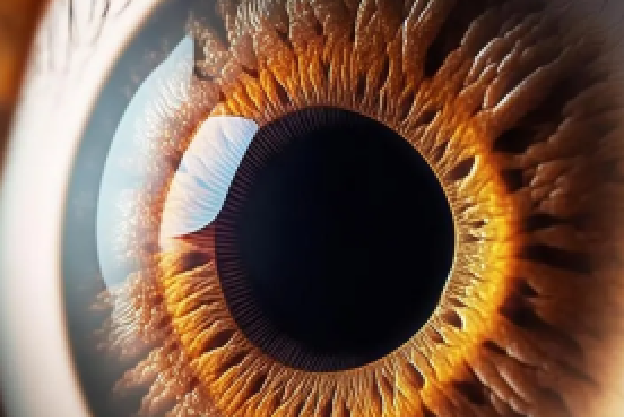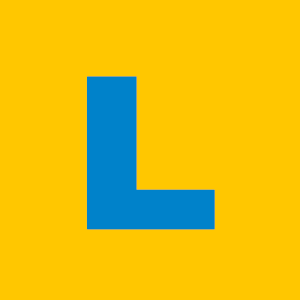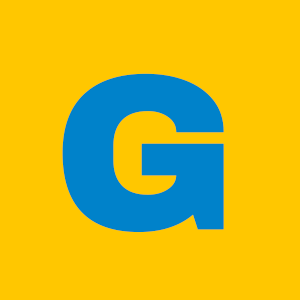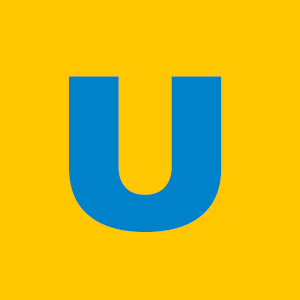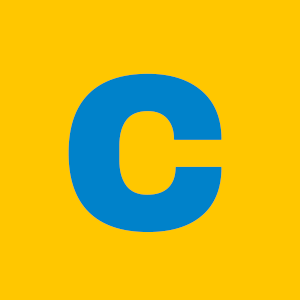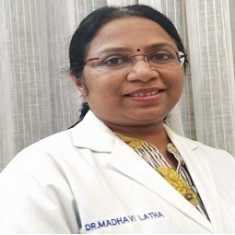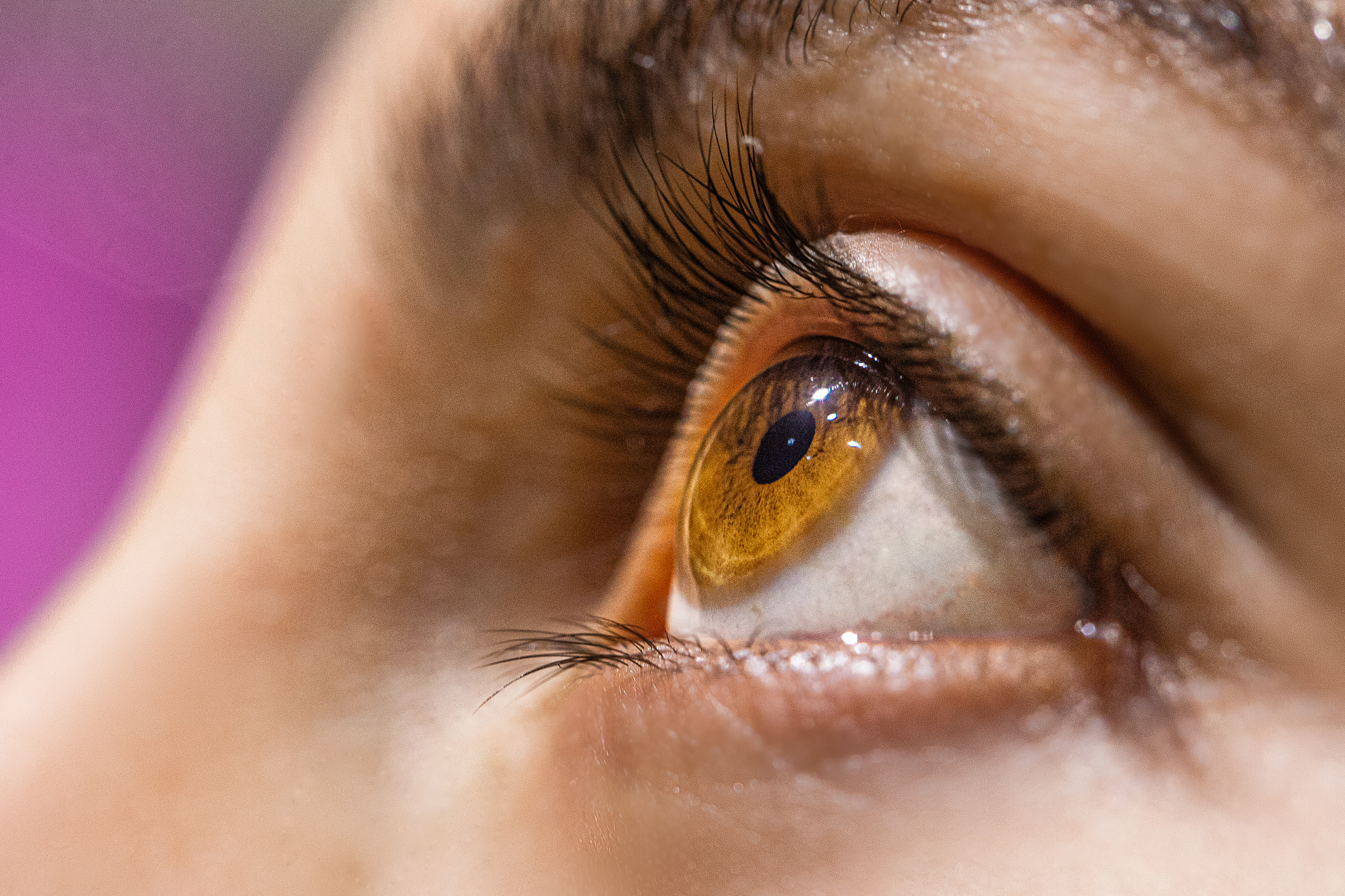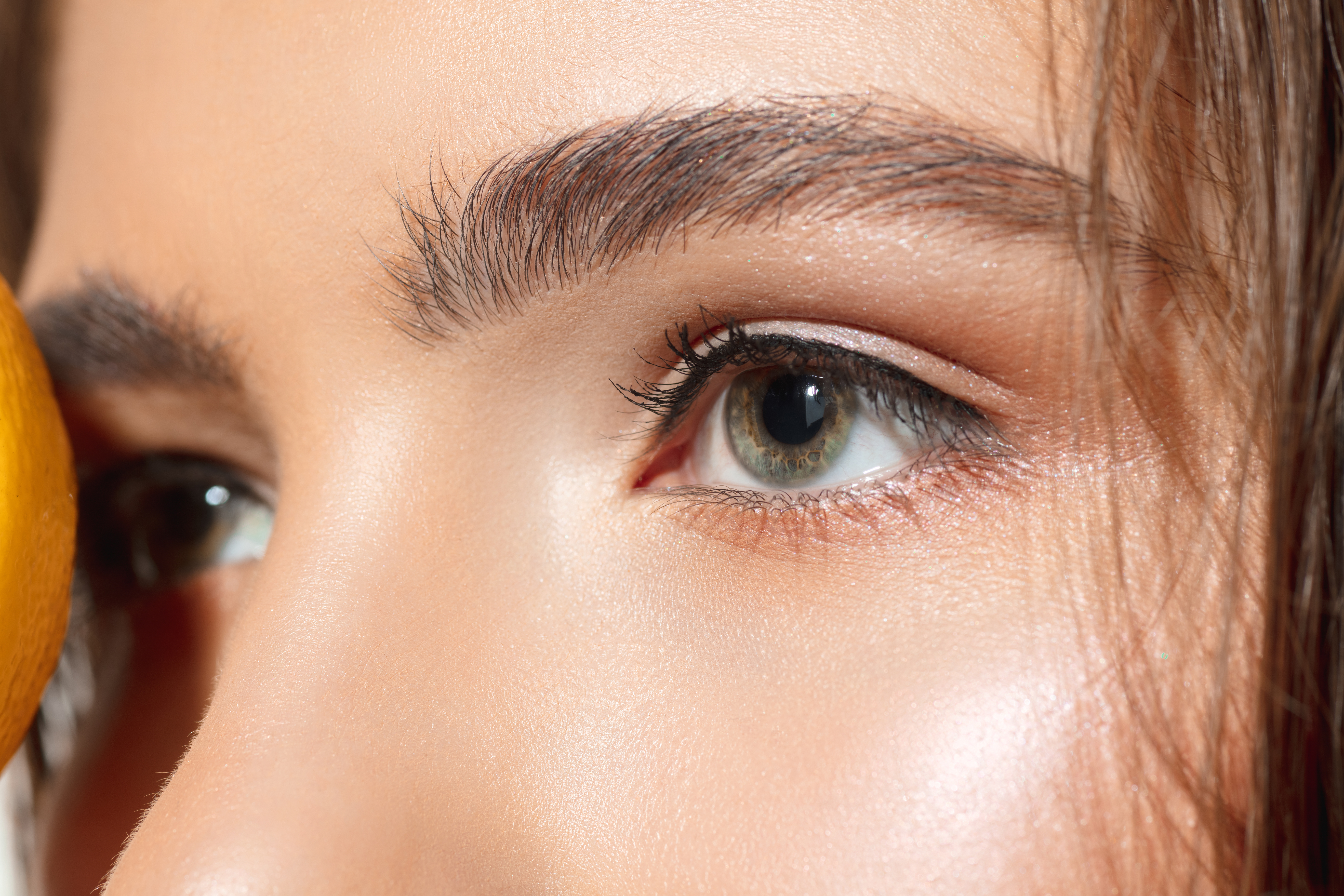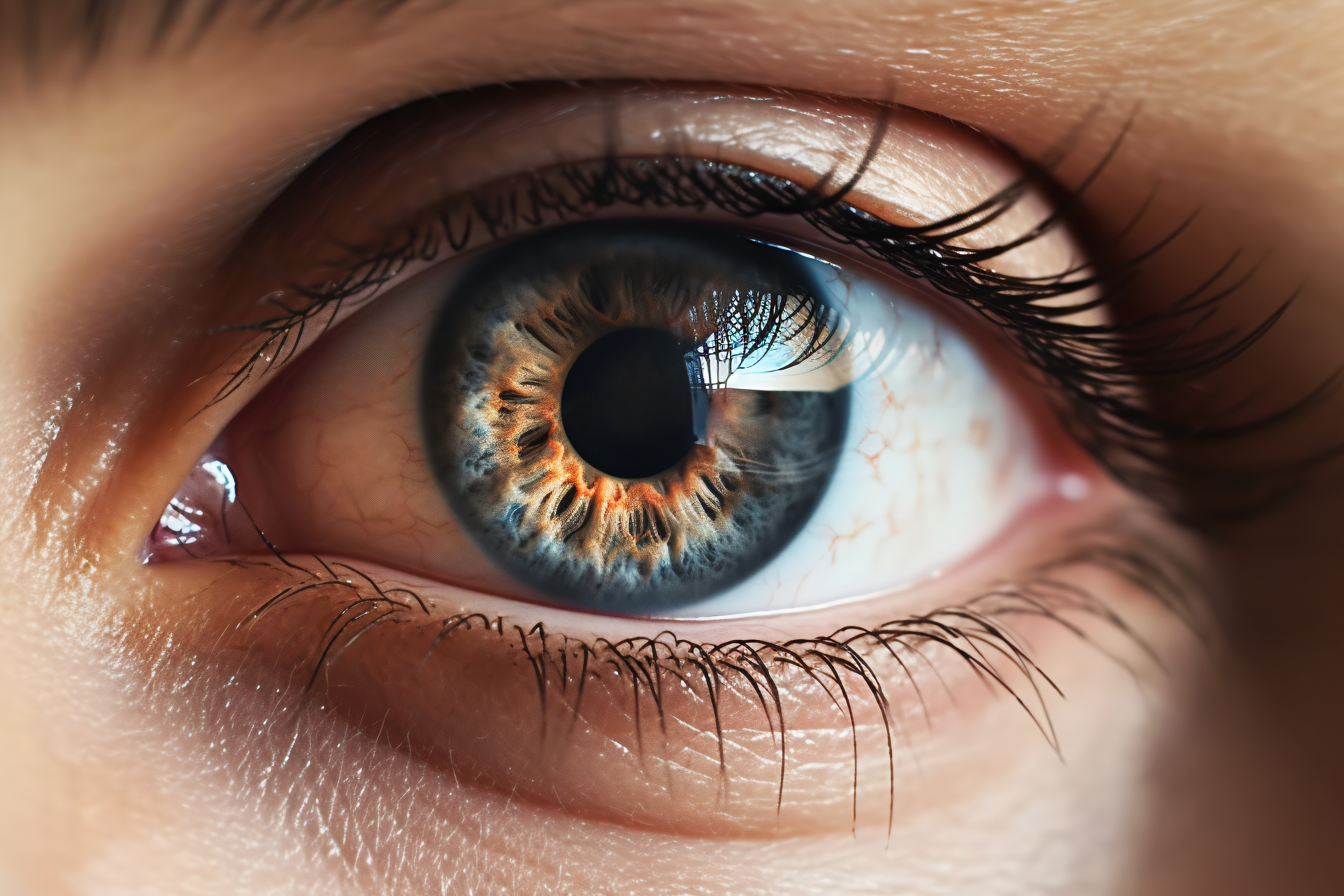Pterygium
Description:Pterygium is a non-cancerous growth of tissue on the conjunctiva, the thin membrane that covers the white part of the eye. It often appears as a raised, wedge-shaped bump and can cause irritation, redness, and discomfort.
What to expect from Pterygium Treatment?:Treatment for pterygium depends on the severity of symptoms. Mild cases may be managed with lubricating eye drops or ointments to relieve discomfort. In more severe cases, surgical removal of the pterygium may be necessary to alleviate symptoms and prevent vision loss.
Benefits:Surgical removal of a pterygium can help reduce irritation, redness, and discomfort. It also prevents the growth from spreading further onto the cornea, which impacts vision.
The duration of pterygium surgery varies depending on the size and severity of the growth. The procedure typically takes less than an hour and is performed on an outpatient basis under local anaesthesia. Recovery time varies, but most patients can resume normal activities within a few days to weeks after surgery.
C3R (Corneal Collagen Cross-Linking with Riboflavin)
Description:C3R is a procedure used to strengthen the cornea and halt the progression of keratoconus, a condition characterised by the thinning and bulging of the cornea. It involves applying riboflavin (vitamin B2) eye drops to the cornea, followed by exposure to ultraviolet (UV) light.
What to expect from C3R Treatment?:During C3R treatment, the patient lies down while riboflavin drops are applied to the cornea, which is then exposed to UV light. This process strengthens the collagen fibres within the cornea, increasing its structural integrity.
Benefits:C3R can help stabilise or slow the progression of keratoconus, preventing further deterioration of vision and potentially reducing the need for more invasive treatments such as corneal transplantation.
The C3R procedure typically takes about an hour to complete. Patients may experience some discomfort or light sensitivity following the procedure, but this usually resolves within a few days.
DSEK (Descemet's Stripping Endothelial Keratoplasty)
Description:DSEK is a type of corneal transplant surgery used to treat corneal endothelial dysfunction, where the endothelial cells on the inner layer of the cornea do not function properly. This can lead to corneal swelling and blurred vision.
What to expect from DSEK Treatment?:During DSEK surgery, the diseased endothelial layer of the cornea is replaced with a thin layer of donor tissue containing healthy endothelial cells. The new tissue is positioned and held with an air bubble until it adheres to the cornea.
Benefits:DSEK offers several advantages over traditional full-thickness corneal transplantation, including faster visual recovery, reduced risk of complications such as astigmatism, and a lower risk of graft rejection
The DSEK procedure typically takes 1 to 2 hours to complete. Recovery time varies, but many patients experience improved vision within a few weeks to months after surgery.
DALK (Deep Anterior Lamellar Keratoplasty)
Description:DALK is another type of corneal transplant surgery used to treat conditions affecting the cornea's outer layers, such as keratoconus or corneal scarring. Unlike DSEK, DALK preserves the patient's endothelial layer.
What to expect from DALK Treatment?:During DSEK surgery, the diseased endothelial layer of the cornea is replaced with a thin layer of donor tissue containing healthy endothelial cells. The new tissue is positioned and held with an air bubble until it adheres to the cornea.
Benefits:DALK can improve vision and corneal clarity in patients with conditions affecting the cornea's outer layers while preserving the patient's endothelium. It offers a lower risk of rejection compared to full-thickness corneal transplantation.
The DALK procedure typically takes 1 to 2 hours to complete. Recovery time varies, but many patients experience improved vision within a few weeks to months after surgery.
Intacs (Intracorneal Ring Segments)
Description:Intacs are small, clear plastic inserts that are surgically placed within the cornea to reshape it and correct mild to moderate nearsightedness or keratoconus. They help flatten the cornea, improving vision.
What to expect from Intacs Treatment?:During Intacs placement, a small incision is made in the cornea, and the Intacs inserts are placed within the corneal stroma to reshape it. The procedure is typically quick and performed on an outpatient basis.
Benefits:Intacs can improve vision and reduce dependence on glasses or contact lenses in patients with mild to moderate nearsightedness or keratoconus. They offer a reversible alternative to more invasive corneal surgery.
The Intacs placement procedure typically takes about 30 minutes to complete. Recovery time is relatively quick, with many patients experiencing improved vision within a few days to weeks after surgery.
Keratoconus
Description:Keratoconus is a progressive eye condition characterised by thinning and bulging of the cornea, resulting in distorted vision. It typically begins during adolescence or early adulthood and can worsen over time.
What to expect from Keratoconus Treatment:?:Treatment for keratoconus depends on the severity of the condition. Mild cases may be managed with eyeglasses or contact lenses to correct vision. In more advanced cases, surgical interventions such as corneal collagen cross-linking (CXL), Intacs placement, or corneal transplantation may be necessary to stabilise or improve vision.
Benefits:Treatment for keratoconus aims to stabilise the cornea and improve visual acuity. Early intervention can prevent further progression of the condition and may reduce the need for more invasive treatments in the future.
The duration of treatment for keratoconus varies depending on the specific interventions used. Corneal collagen cross-linking typically takes about an hour per eye, while Intacs placement or corneal transplantation may take longer. Recovery time varies but may range from several days to weeks or months, depending on the procedure.
Trusted by thousands
Join the thousands of satisfied patients who trust Win Vision for their eye health and vision care needs.
I'm glad to share my happiness, I had my PRK LASIK SURGERY, CONTOURA VISION Surgery went well and very much satisfied, definitely will suggest to friends and family
I am very much happy with the service and Win Vision is one of the best hospital i have seen and maintain neatness and public relations. Very much happy to recommend to others also.
I had great experience visiting the win vision. beerappa help me alot in navigating the service and provided best experience in time service. Last 5 years I visiting the win vision, I always had a great service by staff, doctors and other at Kukatpally and Gachibowli branch
Excellent service, explained in detail with regards to patient on going treatment and usage of medicines Dr pragathi mam was kind towards patience, understands the patient througly and advises back as per patient need. Thanks to win vision moosarambagh branch for all ur on-going support at need
Excellent service and hospitality. Both my parents got operated here for cataract. My father admire s the way dr. Srilakshmi receives patients.
We came hear for cataract surgery it was very Smooth experience happy with service Dr Jyotsna Madam is very excellent doctor.gave proper advice she is very down to earth... My overalla experience is good.. highly recommend hospital...
DOCTORS
Doctors Available for Cornea
18+ experienced eye specialists out of 6 Centers across Telangana and Andhra Pradesh.

